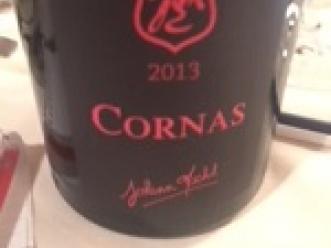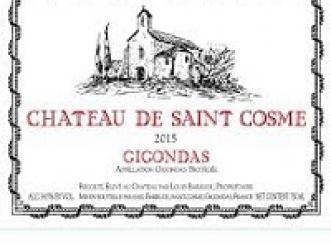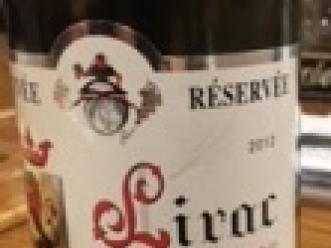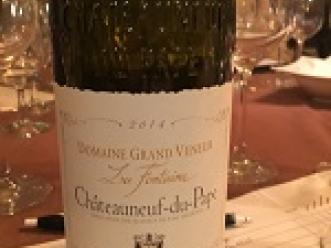IntoWine asked a panel of wine experts to recommend the best Rhone red wine (for the money): With the price of Chateauneuf-du-Pape skyrocketing , now is a good time to explore some of the other Rhone Valley AOCs that offer good wines at better values. Just north east of Chateauneuf-du-Pape is the sun-drenched village of Vacqueyras. As if being overlooked by those on the prowl for Chateauneuf-du-Pape weren’t enough, like a younger sibling lost in the shadow of its glamorous older sister, Vacqueyras often plays second fiddle to its northerly neighbor Gigondas. Well the vineyards of Vacqueyras may not be as picturesque as those of
Gigondas , their wines may not be as long lived, and they may not have received AOC status until nearly 20 years after Gigondas, but wines from Vacqueyras offer a rustic simplicity that make one think of enjoying a hearty cassoulet in a tiny cobblestone French village. By law the wines must be at least 50% Grenache with Syrah and Mourvèdre making up at least 20% of the blend. A fine example of Vacqueyras is the 2006 Clef de Murailles . This wine is made out of grapes grown from a local grower’s co-op and offers a classic expression of what the region produces at an affordable price. Deep and brooding, the wine is uninfluenced by oak so the spicy, mineral-laden terroir shines through. There is a touch of red fruit to this wine, but it’s not for the faint of heart. If you’re looking for a jammy fruit bomb, stick to California; this is not your wine. But if you’re interested in taking a chance on an honest, traditional wine from a region that is generally ignore, pop open a bottle of Clef de Murailles. -
Kareasa Wilkins , Wine Consultant for Weimax Wines & Spirits in Burlingame, CA and an IntoWine Featured Writer









